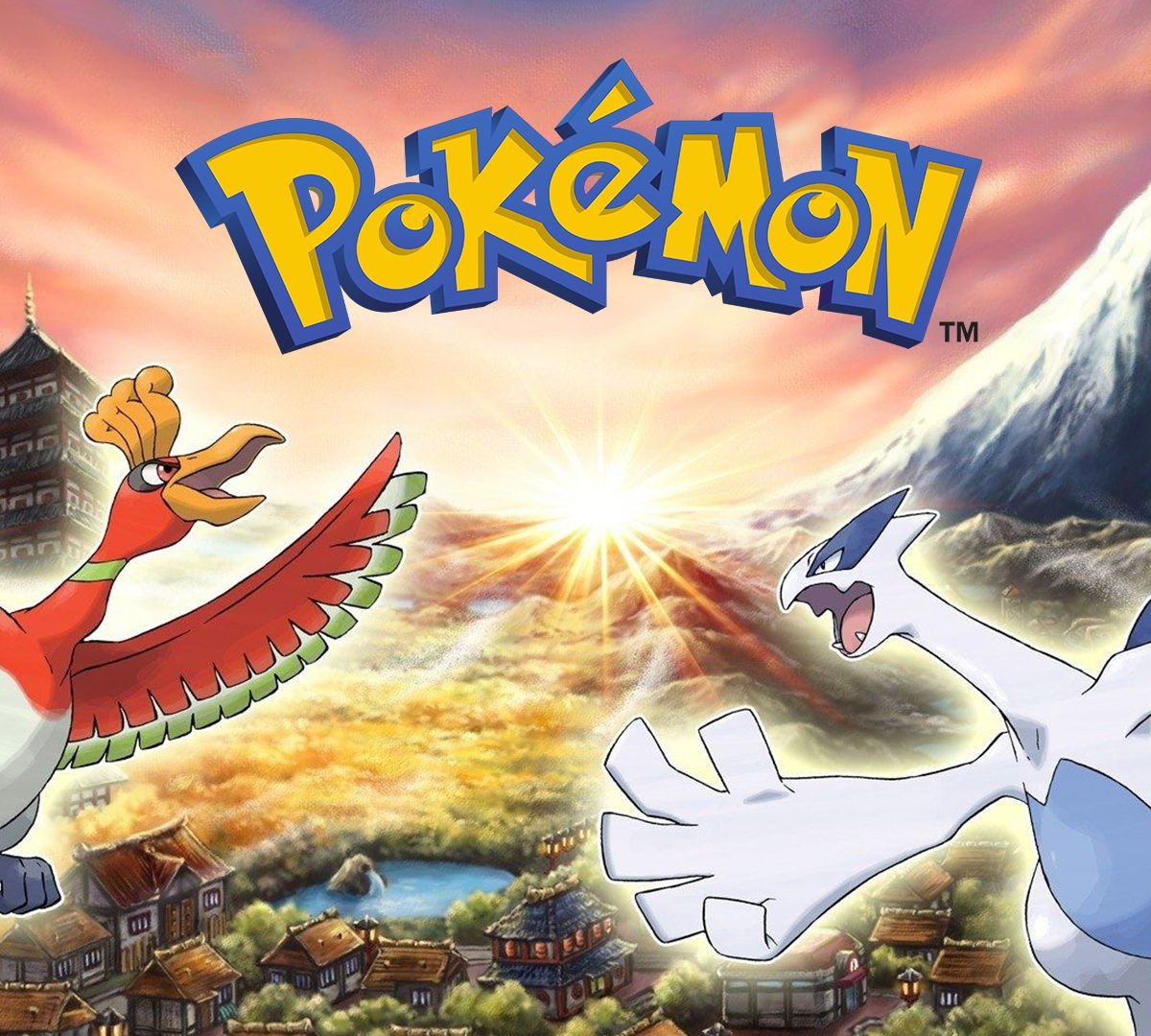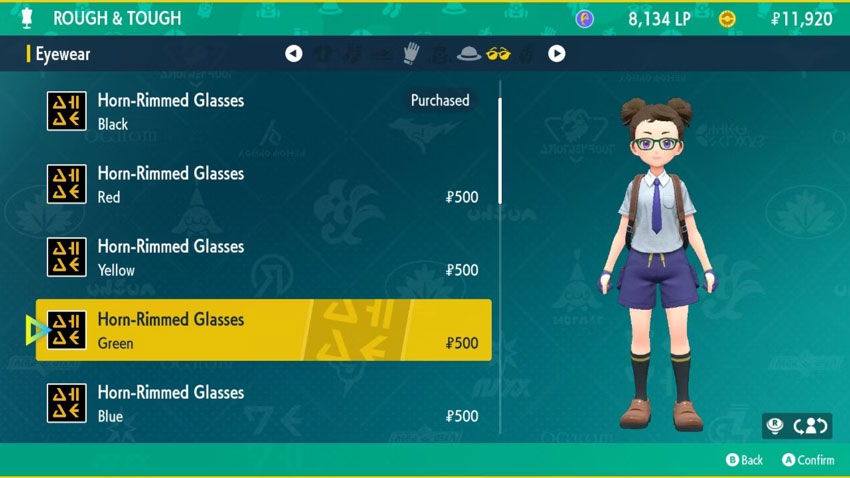
When they first hit stores in 1996, Pokémon Red & Blue (or Red & Green in Japan) were the biggest success. Delighting children and adults, games about capturing, training and fighting Pokémon and other trainers soon became a rage around the world.
Today, almost 30 years later, Pokémon is the biggest entertainment franchise on the planet and Game Freak continues to release new titles for Nintendo consoles, the most recent of which are Pokémon Scarlet & Violet for the Switch. And it was precisely the troubled launch of the latter that raised the question: the old games of Pokémon Were they better?
Was Pokemon better in the past?
The answer to this question is somewhat complex. Were pocket monster games really better back in the day? And why did they seem to last longer? Before we start answering, we need to get rid of nostalgia and longing and try to observe everything more objectively.
That said, let’s analyze the situation. Way back, almost three decades ago, still in the era of the beloved Game Boy, Pokémon was new. The game featured 150 monsters, including initial forms and their evolutions, including legendary creatures, and you could have all of them in your collection to complete the Pokédex.
To do this, however, it was necessary to use one of the biggest ideas of the franchise, which continues to this day in the most recent releases: instead of all 150 monsters being on the cartridge, some were exclusive to one version or another, making players needed to exchange monsters with friends and even strangers using the Game Link cable.
This social aspect made the game even more popular, as in addition to exchanging creatures, it was possible to fight other players, each with their own team and different strategies. In this way, new friendships were forged and fans gathered in groups to hold tournaments and even simulate the Pokémon League and Elite Four gyms in real life.
Although this type of interaction still exists today, due to the internet there has been a significant loss in terms of the in-person experience. After all, it’s easier to trade and fight online than to leave the house to meet other players, right?

Another point that we cannot fail to address is the way the story was developed. Because it was much more linear, it was easier to tell a cohesive story with a beginning, middle and end, which unfolded little by little as the player progressed through the plot.
Each new gymnasium won brought us closer to unraveling whatever the mystery of the story was; each new skill learned allowed you to reach previously unreachable areas and encounter new monsters and characters. This linearity allowed developers to create more complex plots, which were slowly worked towards the outcome at the end of the game.
Even opposing teams, like the legendary Team Rocket for example, seemed to have much more interesting and ambitious plans. This is something that was lost throughout the new iterations released later, culminating in the latest games for the Nintendo Switch.
Attention to details
Much is said about how games nowadays take the player’s hand like a babysitter, practically playing in their place. There are many tutorials, many on-screen instructions, many markers showing exactly the path to follow. We didn’t have this when the first Pokémon were launched, but the most recent launches seem to be increasingly following this market trend.

For example, in older games in the franchise it was quite common to enter practically any building or house, talk to NPCs and read all types of dialogue, from the most useless to the most fun and even informative. Talking to a character was always cool because you didn’t know if you would come away with important information or just an unnecessary comment.
Em Pokémon Scarlet & Violet this no longer happens. In new games, the vast majority of buildings are blocked: you cannot enter houses, buildings, apartments and so on. Not even stores work like they used to, you simply access a menu screen and choose what to buy.

As for the dialogues, well, here the difference is stark. Games now show different types of speech bubbles for “common” dialogue or for dialogue that will lead to a battle, trade or mission. Knowing in advance that an NPC won’t tell you anything “useful”, in addition to greatly reducing game time and exploration in search of new people to talk to, also takes the surprise out of the content of certain interactions.
Pokémon now tells you what is or isn’t worth reading. And this is invariably bad, because it takes away a lot of the experience delivered in previous titles. Even with NPCs walking the streets and little monsters running here and there, the game world becomes much less alive and more uninteresting, in addition to drastically reducing exploration time and, consequently, game time.
The beginning of the decline
Obviously, the first games benefited from being tremendously new, in addition to factors such as difficult internet access. At the time, players depended on friends with more knowledge, magazines on the subject or — believe — call centers specialized in providing help on different games. The gaming experience in the 1990s was very different from today.
But the Pokémon series’ problems didn’t start now. As technology advanced and new laptops were launched, the pocket monster franchise was looking for ways to keep up with this evolution and deliver new features to fans. For example, battles with moving sprites in Pokémon Black & Whiteas well as the fixed-camera 3D aesthetic of the Nintendo 3DS era.
These new features were very welcome and showed that the franchise was seeking to innovate, but they all came at the cost of drops in the frame rate per second, performance problems and so on. To play Pokémon Ultra Sun & Ultra Moon on the 3DS, with the amount of slowness when certain moves were used, it was a very unpleasant task, even though the games are very beautiful and the adventure itself is quite interesting.
Who knows, maybe we can trace a line back to the beginning of Pokémon’s decline when it was decided that the series would migrate once and for all to a 3D format? Perhaps. After all, although before they weren’t even remotely perfect games, things seem to have started to go wrong when Game Freak bet on something that seemed to be outside its domain: the creation of large worlds in three dimensions.
Are Pokémon Scarlet and Violet bad?
If the problem, according to what we have said so far, was migrating to 3D, this means that Pokémon X & Y, Omega Ruby & Alpha Sapphire, Sun & Moon, Ultra Sun & Ultra Moon, Sword & Shield, Legends Arceus e Scarlet & Violet Are they all bad? Of course not.
Each of these games has its merits and, even though they also have their flaws, they continue to captivate players around the world time after time even though they basically bring the same formula created in 1996. It turns out that, even though little has changed in terms of heart of the franchise, each new game brought new features that would or would not be used in subsequent titles, meaning that, like the little monsters, the series also evolved.
A great example of this are the Scarlet & Violet. Although they suffered a lot at launch, the games’ proposal was far from what was previously considered the standard for games in the series. Pokémon. Here we have an open world with little creatures running freely through the fields, we can explore the map freely by land, sea and even air.
New mechanics, often “reused” from previous games or redesigned, such as real-time battles, also made games have their own identity and left a much stronger mark than, say, Sword & Shield. Scarlet & Violet They were definitely another step by Game Freak in the right direction.
Leaving something to be desired?
But that doesn’t mean we should ignore the problems with the most recent games released for the Nintendo Switch. When they arrived in stores full of bugs, with weak graphics, extremely limited exploration of cities and a negligible field of vision, obviously Scarlet & Violet were massacred by the public. And with good reason.
Except for those who, for some reason, argued that this iteration of the series should have been released for the Switch’s successor. Now these people probably didn’t play The Legend of Zelda: Breath of the Wild or any game in the series Xenobladeit is not? The problem was never the hardware of Nintendo’s hybrid console, but rather Game Freak’s inexperience with games of this scope.
If the games were beautiful, as beautiful as the Zelda from 2017 (which, remember, was originally a Wii U game), perhaps the result would be different. We would still have negative comments about the lack of real villains, the false freedom of exploration and so on. But the criticism would possibly be much milder than that suffered in November 2022.
Hopeful future
Even with the very weak graphics, the countless bugs, the masked linearity and many other problems, Scarlet & Violet They still somehow managed to turn things around at the very end and deliver one of the coolest gaming experiences in the series: Area Zero. The footprint “Tales of” e “Persona“, with the characters talking during exploration, the beautiful visuals, the soundtrack that makes the hair stand on your neck… There, Game Freak showed that it’s not messing around.
As much as they still lack mastery of hardware and open-world 3D games for desktop consoles, it is clear that there is a lot of potential to be explored. All we can do is hope that some of these problems don’t repeat themselves in Pokémon Legends Z-Awhich is expected to arrive on Nintendo Switch in 2025.
We, players and fans, can only hope for the best.
Source: https://www.tecmundo.com.br/voxel/500079-por-que-os-jogos-antigos-de-pokemon-pareciam-maiores-e-melhores.htm


